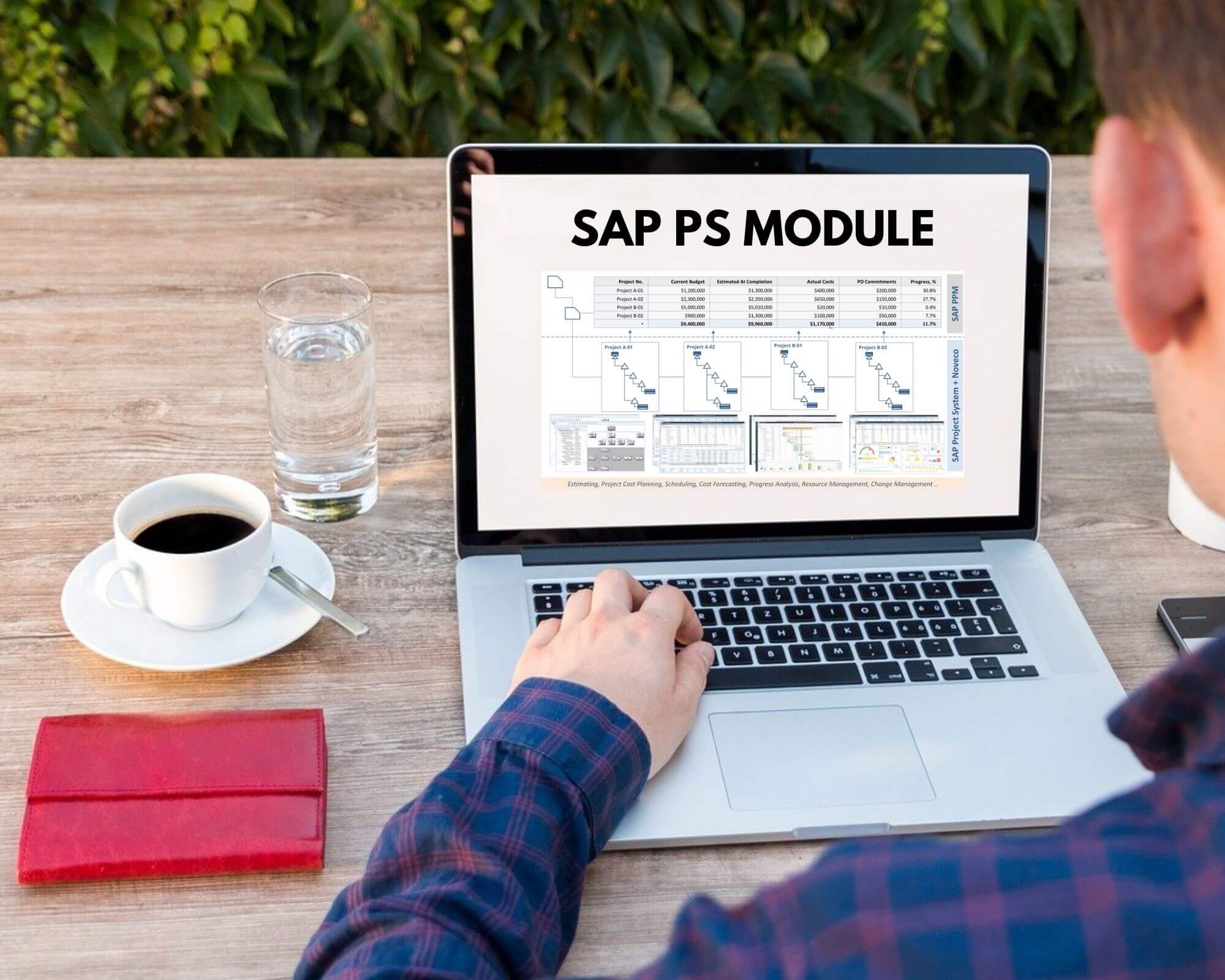Whenever your company is taking any project under its wing, it’s a must to have a quality project management system that will help you develop any undertaking. Breaking down the whole project into smaller parts will help you to have a better track of any activity. Also, it will enable giving a hierarchical structure to the tasks to make the job of everyone involved easier. And that’s something that an SAP PS module can do for you easily.
This project management system is extremely useful for a complex project that you need to plan, implement and evaluate. It will help you in every phase of the project and will even be a tool to control costs and revenues. If you want to find out more about what this project system module has to offer, then keep reading.
What is SAP PS?
What are the main features of this module?
- Scheduling
Time scheduling is an important aspect of any project. If you’re using networks with the SAP PS module, then the dates are automatically calculated by the system. It can generate the earliest and latest dates of the project. This will be a tool that will save you plenty of time because the module will do the scheduling by itself. However, if you’re scheduling with WBS elements, you need to enter the dates manually. - Income planning
The Sales and Distribution module can create billing plans to plan the dates to send the invoices to customers. That way, you can plan the costs associated with the entire project. In this subject, you'll also have the option to do the revenue planning manually or allow the system to update automatically. In case that you require it, there is a functionality of the module that determines the price for the work that will be done during the project, and it can be stored in an SD quotation. - Analysis of progress
Knowing how your project is developing is a must to do any changes in case of need. One of the main features of the SAP PS is that it will do a progress analysis that will enable you to determine how the project is doing accordingly, as planned. It will do a comparison between what is planned for the project and its actual progress. With that data, you’ll be able to do corrective actions, create reports and customise the information that you need.








